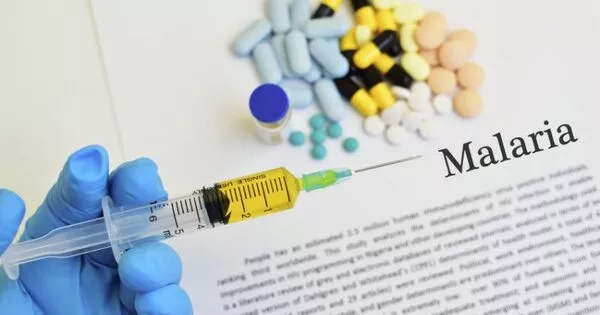Malaria therapy is an antiquated medical procedure for treating diseases that involves the artificial injection of malaria parasites. Historically, it refers to a method of treating certain diseases that involves intentionally infecting a patient with malaria. It is a type of pyrotherapy (or pyretotherapy) in which a high fever is instilled in order to reduce or eliminate symptoms of certain diseases. This method was especially investigated in the early to mid-twentieth century as a potential treatment for neurosyphilis, a severe form of syphilis that affects the central nervous system.
Malarial parasites (Plasmodium) are specifically used to cause fever in malaria therapy, and an elevated body temperature reduces or cures the diseases’ symptoms. Malaria is cured using antimalarial drugs after the primary disease has been treated. The theory behind malaria therapy for syphilis was that the high fever caused by malaria infection would kill the syphilis bacteria, potentially providing a cure. This idea arose from the observation that some infectious diseases appeared to improve in people who also had malaria.
Julius Wagner-Jauregg, an Austrian physician, developed the method in 1917 for the treatment of neurosyphilis, for which he received the Nobel Prize in Physiology or Medicine in 1927. This approach was developed in the 1920s and 1930s by Austrian physician Julius Wagner-Jauregg, who won the Nobel Prize in Physiology or Medicine in 1927 for his work on malaria therapy in neurosyphilis. Malaria therapy, however, fell out of favor after the discovery of penicillin as an effective treatment for syphilis in the 1940s, and it is no longer a common or accepted treatment.
Malaria is now recognized as a serious and potentially fatal infectious disease caused by parasites of the genus Plasmodium and transmitted through the bites of infected mosquitos. The current focus of medical efforts is on malaria prevention and treatment via antimalarial medications and vector control.
















